The Best Places for Boston Ferns for Optimal Care and Feng Shui Benefits
With their soft green leaves and bushy growth, it’s no surprise that Boston ferns are popular as houseplants. Boston ferns also have a number of benefits, such as purifying the air and stimulating happiness and positive energy. Placing a Boston fern in the right location will help you make the most of these benefits. This article will outline where to place Boston ferns in the home for the most feng shui benefits and optimal care.
Where to Place Boston Ferns in the Home – The Essentials
According to the Bagua map, place Boston ferns in southeast areas of your room or home to maximize good luck. Boston ferns excel at absorbing negative energy and producing positive energy in return. Place them on top of shelves where negative energy collects. Boston ferns prefer warm, moist places like bathrooms and lots of bright, indirect sunlight.
About the Boston Ferns
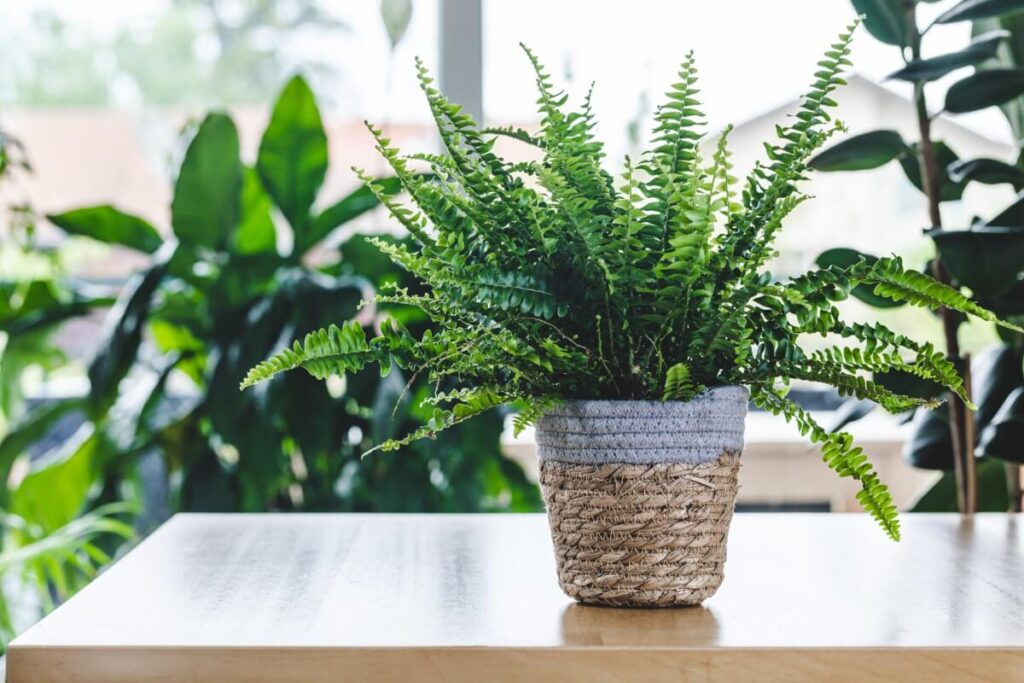
Boston fern (Nephrolepis exaltata) is the only species in the family Nephrolepidaceae. Boston ferns are native to Florida, Central and South America, Polynesia, Africa and the West Indies. These amazing ferns thrive in moist, shady tropical forests and swamps.
Boston ferns produce fronds that can grow up to 100 inches long and 6 inches wide. The leaves are covered in soft sword-shaped leaves that grow on either side of the stem. Boston ferns usually grow up to 3 feet tall and wide but can sometimes reach over 4 feet.
According to NASA’s Clean Air Study, Boston ferns are adept at removing formaldehyde, toluene and xylene from the air.
Boston Ferns and Feng Shui
In addition to their beauty, Boston ferns are popular houseplants because of their feng shui benefits. Like many other plants, Boston ferns are believed to bring good luck and prosperity. These ferns make excellent feng shui plants for your office or workspace.
Boston ferns are also believed to absorb negative energy (chi or qi) and produce positive energy. This is reflected in the ability of Boston ferns to purify the air by absorbing harmful chemicals such as formaldehyde. It can also represent the ability of plants to help reduce our stress levels.
The five element theory (Wu Xing) of feng shui focuses on the interactions between the five main elements. These elements are earth, fire, metal, water and wood. The wood element is linked to growth, renewal, spirituality and trust. House plants such as Boston ferns are strongly associated with the wood element.
Where to place Boston Ferns in the home
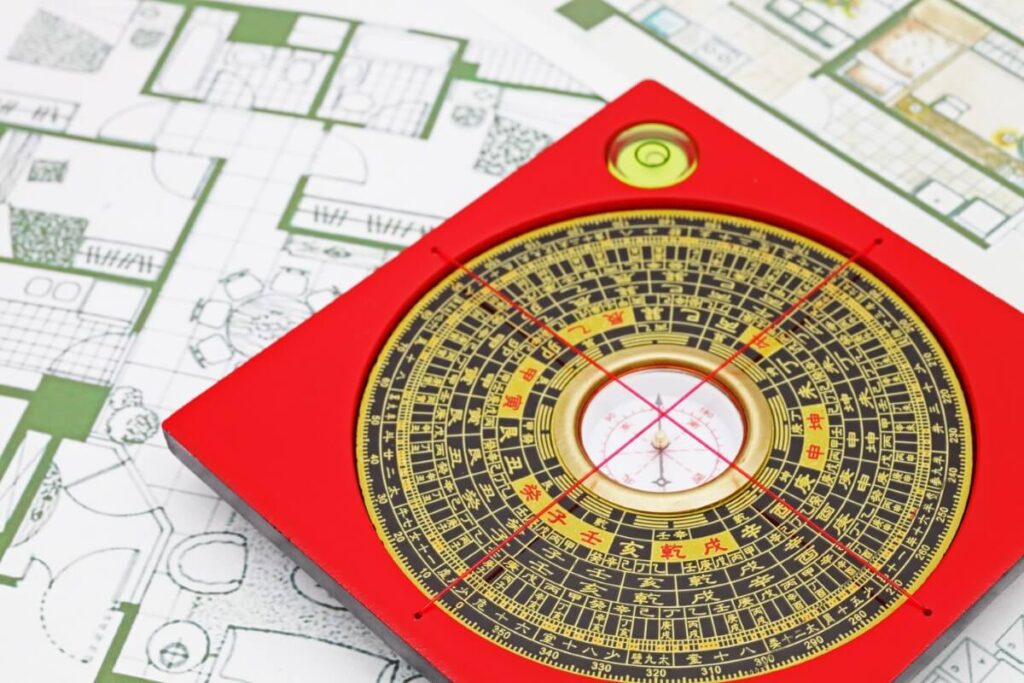
According to the Bagua map
The bagua map is an integral part of maximizing feng shui in your home. Using the different areas of the Bagua map, feng shui practitioners can address different aspects of their lives. There are nine regions on the Bagua map:
- East = Family (Zhen)
- Southeast = Prosperity and Wealth (Xun)
- South = Fame and Reputation (Li)
- Southwest = Relationships (Only)
- West = Children (Dui)
- Center = Health (Tai Qi)
- Northwest = Helpful People (Qian)
- North = Career (Can)
- Northeast = Knowledge (Gen)
In feng shui, Boston ferns are one of the plants that can help practitioners cultivate happiness, prosperity and success. These qualities are strongest in the southeastern part of the Bagua map. Place Boston ferns in the southeast corner of your home or office to maximize good luck.
According to the Five Elements Theory, the wood element is connected to the eastern and southeastern parts of the Bagua map. The East rules family relationships, while the Southeast is associated with prosperity and wealth. Place your Boston fern in east and southeast areas to increase the power of the wood element in your home.
According to feng shui, Boston ferns can also absorb negative energy and radiate positive energy. Negative energy is believed to gather in empty spaces or areas with many sharp angles and corners. Adding a Boston Fern to these areas can reduce the accumulation of negative energy and transform it into positive vibes.
The main areas that accumulate negative energy are empty shelves or the top of cabinets – spaces that are not used. Boston ferns are ideal for these areas because their abundant foliage can quickly fill the empty space. Boston ferns can also be suitable for corners with sharp angles that attract negative energy.
According to plant considerations
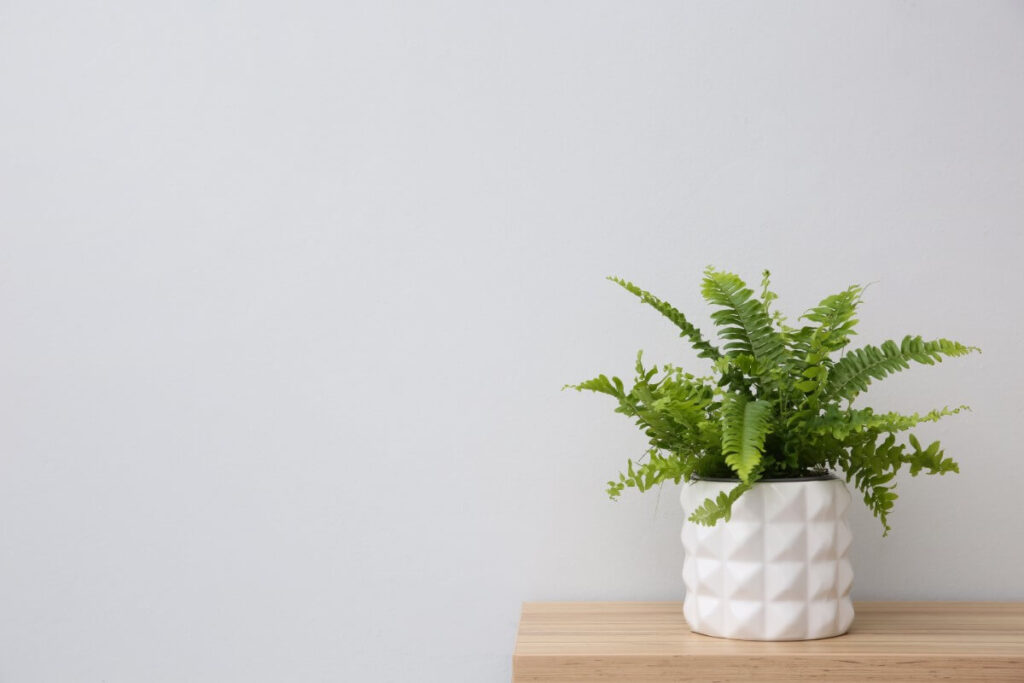
Boston ferns need warm, moist environments to grow at their best. Boston ferns require daytime temperatures between 65 and 95ºF (18 to 35ºC) and humidity levels between 60 and 90%. Bathrooms are ideal for Boston ferns because they are usually the warmest and most humid place in your home.
Providing the right amount of light is also crucial for Boston ferns. These plants need bright, indirect sunlight or filtered light to thrive. Morning sunlight is preferred because it is less intense than afternoon sun, which can burn a Boston fern’s delicate fronds.
East or southeast facing windows are ideal for Boston ferns because they get morning sun. When placing your Boston fern, keep it a few feet away from the window. Always try to avoid areas with hot or cold drafts from air vents, radiators and windows.
Where NOT to place Boston Ferns in the home
While some areas of your home are ideal for Boston ferns, other areas can cause problems. Rooms that are too dry, too dark, or too cold can stunt the growth of your Boston fern. Avoid drafty areas that can dry out the air around your Boston Fern as it lowers the humidity.
In the Five Elements Theory, certain areas or rooms in a home are stronger with specific elements. The relationship between the elements is also crucial as some elements can weaken or clash with others. This makes certain parts of the Bagua map unsuitable for Boston ferns, which represent the wood element.
Wood is weakened by fire and collides with metal. The fire element is strongest in the southern Bagua chart and is linked to fame and reputation. Placing a Boston Fern in this area can weaken its benefits while fueling the fire element.
The west and northwest parts of the Bagua map are strong with the metal element. West represents children, while Northwest is associated with mentors and helpful people. Placing Boston ferns in these locations can cause clashes in these aspects of your life.
Where to Place Boston Ferns Outside
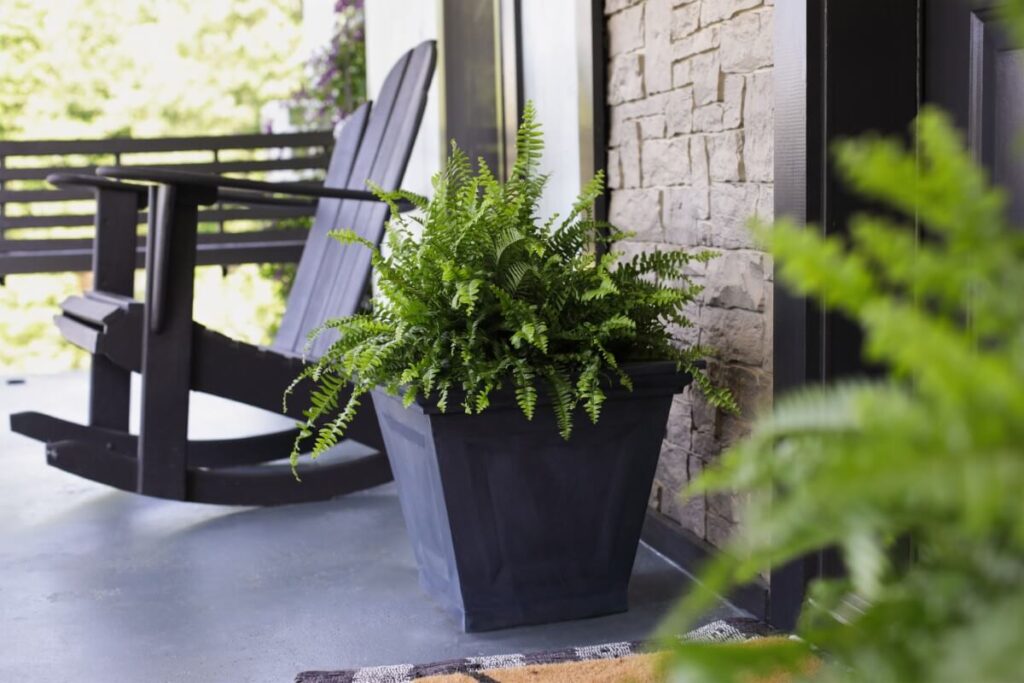
Boston ferns can be grown outdoors in warm, humid climates. USDA growing zones 9 through 11 are ideal for Boston ferns. These ferns can be grown in cooler areas in containers but must be protected from winter temperatures indoors.
Boston ferns need partial sun or indirect morning sun when grown outdoors. They also need to be protected from strong winds. Boston ferns are not drought-tolerant, so will need frequent watering or soil that retains moisture.
Essential Boston Fern Plant Care
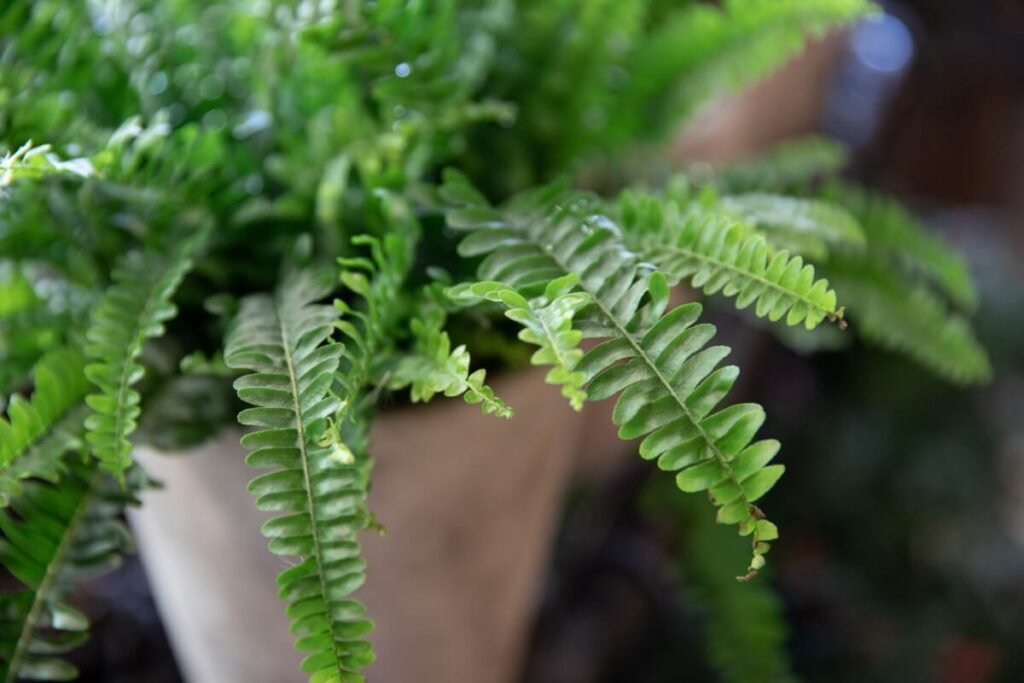
With the right care, Boston ferns can be easy houseplants to care for. Boston ferns need bright, indirect or filtered light. East or southeast facing windows are ideal as the morning sun is less intense than afternoon rays.
Boston ferns should be watered when the top inch or so of the growing medium feels dry. During the summer, you may need to water every two to three days. Use distilled or filtered water as Boston ferns can be sensitive to chemicals in tap water.
Boston ferns prefer warm, moist conditions. The temperature should range from 65 to 95ºF (18 to 35ºC) during the day and not lower than 60ºF (15ºC) at night. Humidity levels should be kept above 80% whenever possible.
Provide Boston ferns with a moist but well-draining soil mix that is slightly acidic. Boston ferns grow relatively slowly, so feed them once a month with a diluted fertilizer during the spring and summer.
Where to Place Boston Ferns Frequently Asked Questions:
What room is best for a Boston Fern?
Bathrooms are ideal for Boston ferns because these places provide warm, humid conditions. As feng shui plants, Boston ferns work best in southeast rooms, especially offices.
How far away from a window should a Boston fern be?
When placed near an east or southeast facing window, place the Boston fern a few feet from the window. If you must leave them in a south-facing room, increase the distance to 8 feet from the window.
Can I put my Boston Fern in a corner?
You can put a Boston fern in a corner. These plants can absorb the negative energy that accumulates in sharp corners and turn it into positive energy.
Can Boston Ferns thrive in low light environments?
Boston ferns do well in low-light environments, although they should not be left in full shade for extended periods. Somewhere that provides partial shade is ideal.
Can Boston Ferns Tolerate Draughts?
Boston ferns do not tolerate drafts very well. Hot or cold drafts from air vents, radiators and windows can dry out the air around the plant too much.
Finding the Best Spots for Boston Ferns – The Final Word
Boston ferns are excellent feng shui houseplants that can help you cultivate happiness and prosperity. To maximize the feng shui benefits of Boston ferns, place them in the southeast corner of your home or office. Boston ferns prefer warm, moist locations with bright, indirect light or partial shade. Bathrooms are one of the best places for Boston ferns.
 pyomn
pyomn



